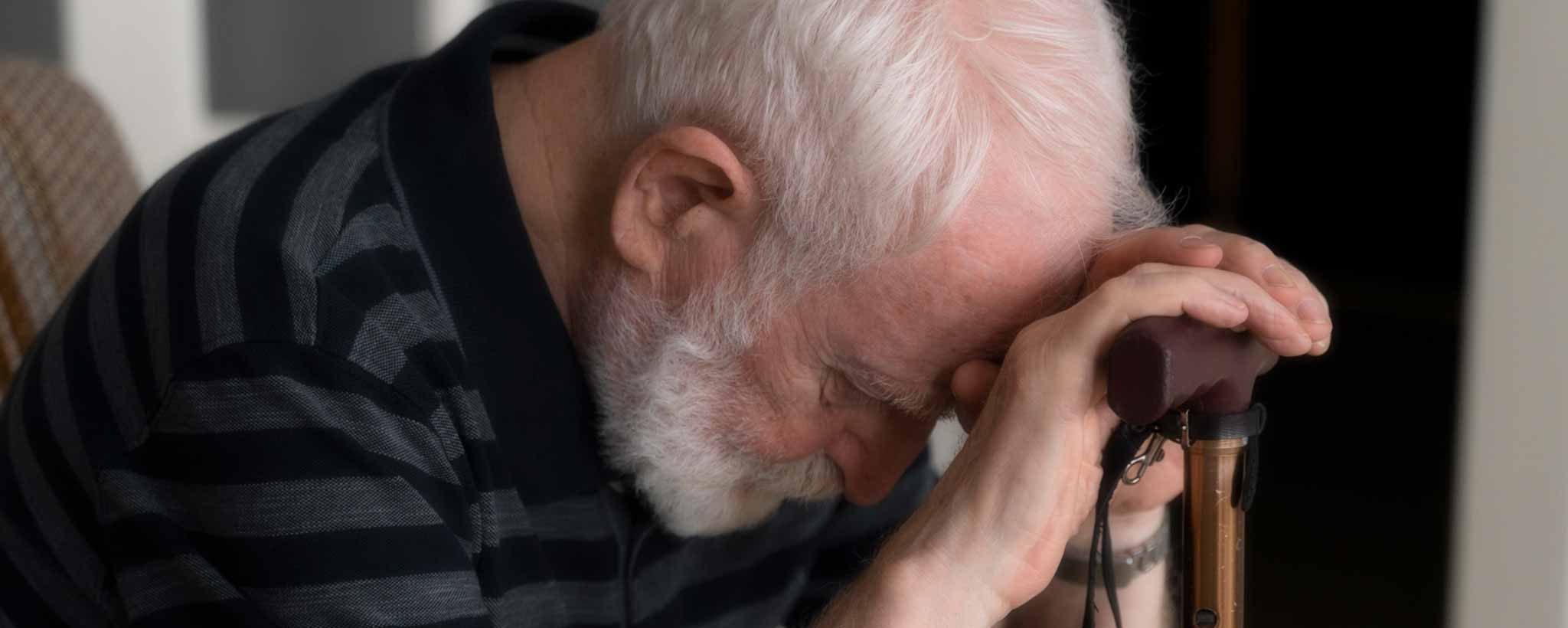School nurses are well aware of the choices low-income parents face. In many cases they willingly assume the role of de facto family physician.
Publish 24 February 2022
While highlighting a common plight, this fictional narrative may not reflect the experiences of actual individuals.
Making Ends Meet
Approaching 21 years old, Julia aspires to be an R&B singer. But that dream has become a background melody to life’s current realities. She rents a make-shift garage conversion with a poorly lit alley entrance on the west side of Chitown. During the day, she sports a colorful uniform at a nearby fast-food restaurant. Her employee discount there reduces the grocery bill.
A local nightclub hired her four months ago as a waitress to work the graveyard shift with a short-term goal of serenading guests Thursday through Sunday. She says the extra tips are needed to care for her six-year-old son, Nashon. Julia muses that she hopes to get her GED before Nashon graduates. Her hopes seem as dim as the nightclub in which she works.
With her income, if someone gave Julia a car, she couldn’t afford to maintain it. That’s why she considers her apartment, within walking distance of her two jobs and her child’s school, to be a blessing. “I don’t stress over luxuries. We get by.” Every few months, Julia refills her prepaid mobile phone as she awaits a life-changing phone call.
At-Home Health Care
Medical insurance is as elusive as Julia’s R&B career. The closest thing to a family physician is an ER triage nurse. Each visit to the Cook County Hospital emergency room is as much an exercise of patience as stamina. The minimum 10-hour wait following a 45-minute walk overlaps two work shifts. “It’s temptin’ to shoot yourself in the leg or somethin’ so you can be seen faster by a doctor,” says Julia.

Nashon’s asthma interfered with a good night’s sleep. He has enough albuterol to get through another school day. Julia is planning to stop off at the drug store and refill a prescription after her day job. An unsightly rash on Nashon’s abdomen draws more concern from his loving mother.
The mattress examination for bedbugs in the dim Thursday morning light is inconclusive. She wonders if something more serious can be causing the rash as she urges Nashon not to scratch, and soothes the itch with petroleum jelly.
Considering all the options, Julia bundles up Nashon and walks him to school in the morning. “Stay in class until the long hand of the clock reaches the 6 and then tell the teacher you need to go to the nurse’s office.”
Julia is concerned about her son, but can't miss another day of work. With unemployment rates higher than the national average, there are too many others waiting to replace absentee workers.
Julia is fictitious, but the circumstances are real to many. Schools are breeding grounds for infectious diseases—colds, influenza, tuberculosis, and lice can all be spread too quickly. Who protects the nation’s children?
Valuable School Nurses In Short Supply
On-campus nurses are well aware of the choices low-income parents face. In many cases, they willingly assume the role of de facto family physician. Advanced far beyond placing bandages on knee scrapes, teaching newly diagnosed diabetic children how to manage their new routine around classwork is common for school nurses.
School nurses screen for vision impairment or developmental auditory problems. They care for students with disabilities and for those who depend on medical devices such as gastrostomy tubes, insulin pumps, and urinary catheters.
School nurse Mary Pappas at Saint Francis Preparatory School in Queens, New York, advised the local health department when numerous children became feverish. She is credited with alerting the nation that the swine flu virus had reached U.S. soil. [1]
The U.S. government’s recommended ratio of registered nurses to student population is 1:750. Sadly, only 13 states reach this target. In three states, the ratio is less than 1:4000, and in 10 states the ratio is 1:2000 to 1:3000.
Approximately 56 million students and another 3.8 million teachers, administrators, and support personnel gather regularly in the nation's schools, placing school nurses on the frontlines of disease surveillance. [2]
A Patchwork of Funding
As valuable as they are, funding the nation’s nurses is a serious problem. The Individuals with Disabilities Education Act (IDEA) legally obligates schools to provide special education and related services, including direct-care nursing services, to students who need them to participate in school.
Federal IDEA funds cover less than half the cost of educating children with disabilities. Medicaid payments contribute a limited amount of support. Hence, States must prioritize creative methods of meeting the shortfall. [3]
Delaware leads the nation with school health services. The state pays 64 percent of the cost of public education, which includes a full-time registered nurse in every school building. Accruing financial rewards for increased education, the state’s school nurses are among the most credentialed in the nation.
Austin Independent School District (AISD) and Miami-Dade County (MDC) employ health aides and legislate dedicated taxes, respectively. In some states, schools receive assistance from local nursing schools and health professionals.
Inadequate education or unfortunate parental life choices place heavier demands on school nurses. In a medical emergency, a school nurse must contact emergency services. Often, that means phoning 911 or child protection agencies.
For emergency care, parents don’t save time by sending ill students to school and may jeopardize custody if negligence is established. It’s a gamble many “Julias” take to provide for their “Nashons.”
With school nurses in short supply, the sacrifices and dedication so few make to keep a nation of children healthy and focused on education deserve applause. Julia’s choice, like so many other poverty-stricken households, depends upon the nurses in schools and county hospital emergency rooms.
To support the writing of useful articles about pediatrics, ClinicalPosters sells human anatomy charts, scientific posters, and other products online. You may sponsor specific articles, become a ClinicalNovellas Member, or remit a small donation.
ClinicalPosters sells human anatomy charts, scientific posters, and other products online to offset expense of the writing useful articles about pediatrics. Slide extra posters into DeuPair Frames without removing from the wall.
Show your support by donating, shopping for ClinicalPins, becoming a ClinicalNovellas Member, or leaving an encouraging comment to keep the research going.
To support the writing of useful articles about pediatrics, ClinicalPosters sells human anatomy charts, scientific posters, and other products online. You may sponsor specific articles or remit a small donation.
ClinicalPosters sells human anatomy charts, scientific posters, and other products online to offset expense of the writing useful articles about pediatrics. Slide extra posters into DeuPair Frames without removing from the wall.
ClinicalPosters sells human anatomy charts, scientific posters, and other products online. You may remit a small donation or become a ClinicalNovellas Member.
You can support the writing of useful articles about pediatrics by sponsoring specific articles, becoming a ClinicalNovellas Member, or remitting a small donation. Visible content is optimized for device size.
This article provides practical advice through a fictional narrative that may not reflect the experiences of actual individuals.







 Romance & Health Intertwine. Fall in love with a captivating romance miniseries that explores the essence of well-being. Become a ClinicalNovellas member for heartwarming tales.
Romance & Health Intertwine. Fall in love with a captivating romance miniseries that explores the essence of well-being. Become a ClinicalNovellas member for heartwarming tales.





